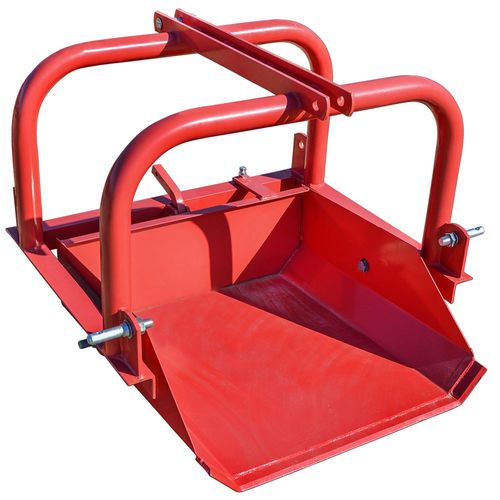Straw: was nice before the price went through the ceiling. It was not weed free, as I had oats or barley sprouting up here and there, but that was not so bad. Either hay or straw work well if you can keep it thick enough: minimum of 6", which I had a hard time doing b/c the stuff settled and melted right into the soil so fast. Initially, easier to spread than wood chips, but must be renewed at least yearly. I was using 20 bales to cover about 1200 s.f. Grass clippings work well in the garden, especially if spread in shallow layers, with cardboard underneath. These days, you must be very careful where your hay/straw comes from b/c of the new herbicides that are being used in fields. It's possible to poison your entire garden for years to come by using tainted hay/straw without knowing it. The same goes for manure.
Leaves: work well, especially in the growing paths. The down side of leaves is that they compact into a layer that is difficult to break up when they get wet. They also blow around when they are dry. If you can shred them a bit with a lawn mower, they are better to work with both wet and dry. They are a power house of nutrients for the garden. Consider how deep those tree roots go. They mine nutrients from those deep soil layers. Leaves do not break down in the same way that hay and straw do, they depend more on microrhizae action. When you hear someone talk about leaf mold, they are talking about leaves that have composted through that fungal action. good stuff!!. One year, I piled leaves into an area of the garden shortly before the ground froze. The pile was about 4' high, and 12' x 8' foot print. I watered it well, and as the pile was built, I liberally added urea. Then covered the whole pile with plastic. By the time the ground was thawed, the pile had cooked down quite a bit, and was great to work with.
Wood chips: I'm still converting my garden to BTE. I can tell you that I've seen incredible things happening with BTE in the orchard.
My orchard started as a nasty combination of clay subsoil riddled with rocks. This mess was left over after we had some land cleared. The area was grown up to trees which were too close to the house for safety. Mostly soft wood, much of it dying. Some Maple, and ash. Vernal pools here and there, lots of rocks. The guy who cleared it hauled all the usable wood off. He buried a lot of the stumps and rubble, left us 2 massive slash piles with so much soil mixed in that there is no way we can burn them. In the process all of the good top soil was buried deep with heavy clay and rocks exposed.
So, I decided to plant an orchard, Late summer 2015, I started hauling rocks out of the way, building a rock wall of sorts, and digging holes for trees. Each hole required a pick axe, taking hours to dig a hole that was no where as big as the size recommended. Hard digging, like trying to break up concrete. The planting sites were amended with some partially composted leaf mold. The whole area was covered with cardboard b/c it was growing up to weeds. Then I spread wood chips, about 4" thick, some areas a bit deeper.
Now, when I dig a hole in the orchard, of course the rocks are still there, but... I am able to dig a hole with a garden fork or a shovel. While the soil is still heavy clay, it is workable. The chips are breaking down nicely. Some places where I dig, I would actually call the soil pleasant to work with. The trees are growing well, in spite of the water table being much higher, and the area much wetter (especially this spring/summer) than hoped for. In the garden, I started BTE last summer. It's been slow going, as I've had to haul the chips a single wheel barrow at a time across the yard which includes a bit of an uphill push. I would say that the down side of BTE is the difficulty of getting the chips and spreading them. Oh how I wish I had the power equipment to do BTE and HK without breaking my back! I am convinced that BTE will do great things for my soil. While it's hard to establish, over time, it should become easier. The other possible down side may be the difficulty of keeping the flock from kicking the chips out of the garden when they are allowed in to work the garden at the end of the summer. BTW, the chickens LOVE to work the BTE areas. Evidently, they are finding LOTS to eat!
A new addition to BTE this season is Wine Cap mushroom spawn. I've spawned 3 areas, and hoping that mushrooms will be a nice crop, in addition to the benefit of increased fertility in the BTE areas.



